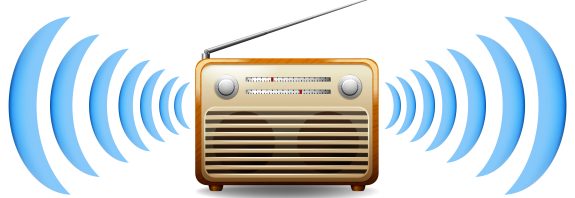How Did the Mobile Phone

How Did the Mobile Phone: the history of creation
In this article, we’ll trace How Did the Mobile Phone came into existence and who contributed to its development. The mobile phone is an indispensable part of our lives today, but its creation was the result of decades of innovation, experimentation, and technological progress. From bulky devices to sleek smartphones, the journey of mobile communication has been long and fascinating.
Origins: The First Ideas of Wireless Communication
The concept of wireless communication emerged in the early 20th century. In 1901, Guglielmo Marconi successfully transmitted a radio signal across the Atlantic Ocean, marking the first step toward wireless communication. By the 1940s, car-mounted radiotelephones were in use, but these devices were cumbersome, expensive, and reliant on stationary base stations. They were far from portable in the modern sense.
A significant breakthrough in mobile communication came from the American company Bell Labs. In 1947, they proposed the concept of cellular communication, which involved dividing a region into “cells,” each served by its own base station. This approach allowed for more efficient use of radio frequencies and broader coverage.
The First Mobile Phone Call
The official birth of the mobile phone is dated April 3, 1973. On that day, Martin Cooper, an engineer at Motorola, made the world’s first call from a portable mobile device. He called his rival, Joel Engel from Bell Labs, from a street in New York, saying, “Joel, this is Martin. I’m calling you from a mobile phone—a real, portable, handheld phone!”
The device Cooper used was the Motorola DynaTAC (Dynamic Adaptive Total Area Coverage). Weighing about 1.1 kg and measuring 23 cm in length, it could operate for just 35 minutes of talk time after a 10-hour charge. Though far from today’s phones, the DynaTAC was a game-changer, proving that portable communication was possible.
From Prototype to Mass Production
The first commercial mobile phone, the Motorola DynaTAC 8000X, hit the market in 1983. Priced at a staggering $3,995 (equivalent to roughly $10,000 today), it exceeded expectations in demand—people lined up to buy this “status symbol.” Weighing 790 grams, it offered basic features: calling and a phonebook for 30 numbers.
During the 1980s, cellular networks began expanding worldwide. In 1981, Europe launched the first automatic analog first-generation (1G) network, laying the groundwork for the widespread adoption of mobile phones. Competition between Motorola, Nokia, and other brands during this period drove further progress.
Evolution: From 1G to Smartphones
- 1990s (2G): In 1991, second-generation (2G) digital networks emerged, enabling not just calls but also SMS messaging. Phones became smaller, and batteries lasted longer. The Nokia 1011, released in 1992, was one of the first widely popular mobile phones.
- 2000s (3G): The third generation introduced internet access and multimedia capabilities. In 2000, the Sharp J-SH04 became the first phone with a camera.
- 2007—The Smartphone Revolution: The launch of the iPhone by Apple marked a turning point. With its touchscreen, intuitive interface, and App Store, smartphones evolved from communication tools into versatile devices.
Conclusion
The mobile phone has come a long way from a bulky prototype to a pocket-sized gadget that replaces dozens of devices. Thanks to pioneers like Martin Cooper and technological breakthroughs from Bell Labs, Motorola, Nokia, and Apple, we now have modern smartphones. Today, mobile communication connects billions of people, and its story continues to evolve with 5G, artificial intelligence, and new innovations. Who knows what tomorrow’s phone will look like?









